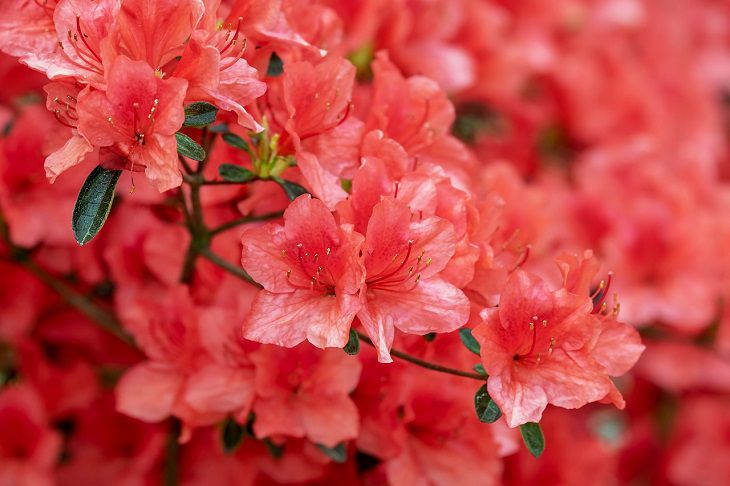Eastern Azaleas: Gardening insights
Some garden plants are popular in the USA, but their popularity can differ from one region to another.
For instance, beautiful azaleas are more often grown in Eastern regions than in Western ones.
But why is it so? Let's find out.
Climate Compatibility
The Eastern regions, particularly the Southeast, provide a climate that suits azaleas.
These plants prefer acidic soil and a temperate climate with cool winters and warm, humid summers.

Acidic Soil Preferences
Azaleas favor acidic soil conditions, and the Eastern regions often have naturally acidic soils.
This eliminates the need for extensive soil amendments, making it easier for gardeners to cultivate healthy azaleas.
Woodland Mimicry
Many Eastern regions offer conditions similar to azaleas' native habitats, such as wooded areas with partial shade.
Azaleas are often found in the understory of forests, and the Eastern landscape provides an environment that mimics these natural settings.
Variety Adaptability
Azaleas come in various species and hybrids, offering a wide range of options for different Eastern climates.
Whether in the cooler areas of the Northeast or the warmer Southeast, there are azalea varieties adapted to diverse conditions.
Established Tradition
The tradition of cultivating azaleas has deep roots in the Eastern regions.
Over time, the success of growing azaleas in these areas has led to a cultural affinity for these plants, further contributing to their popularity.
Economic Impact
The popularity of azaleas in the Eastern regions has also led to economic benefits, with nurseries and garden centers offering a variety of azaleas to meet the demand of local gardeners and landscapers.
Previously, we talked about growing Rhipsails.

